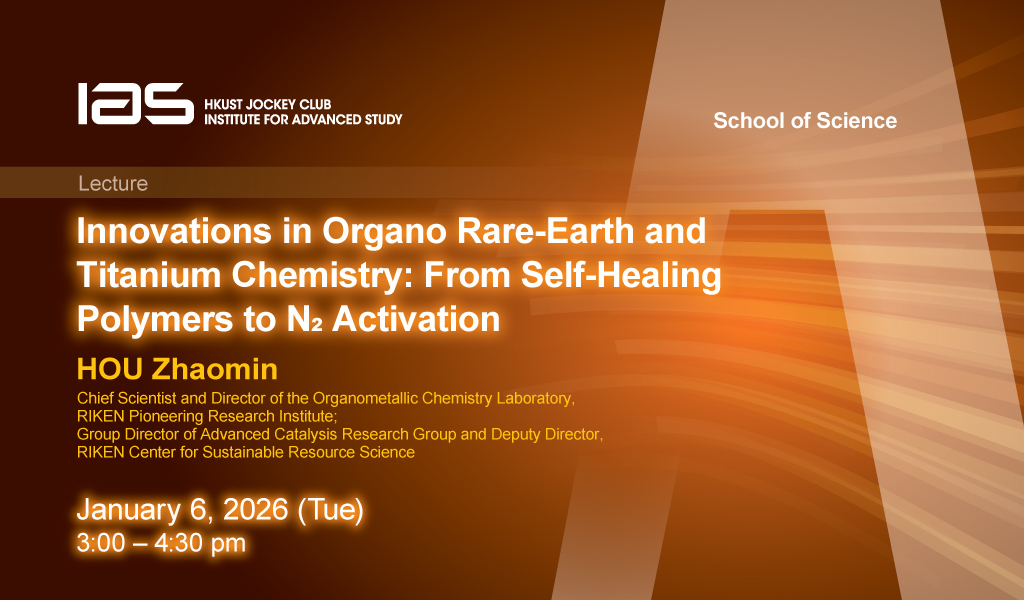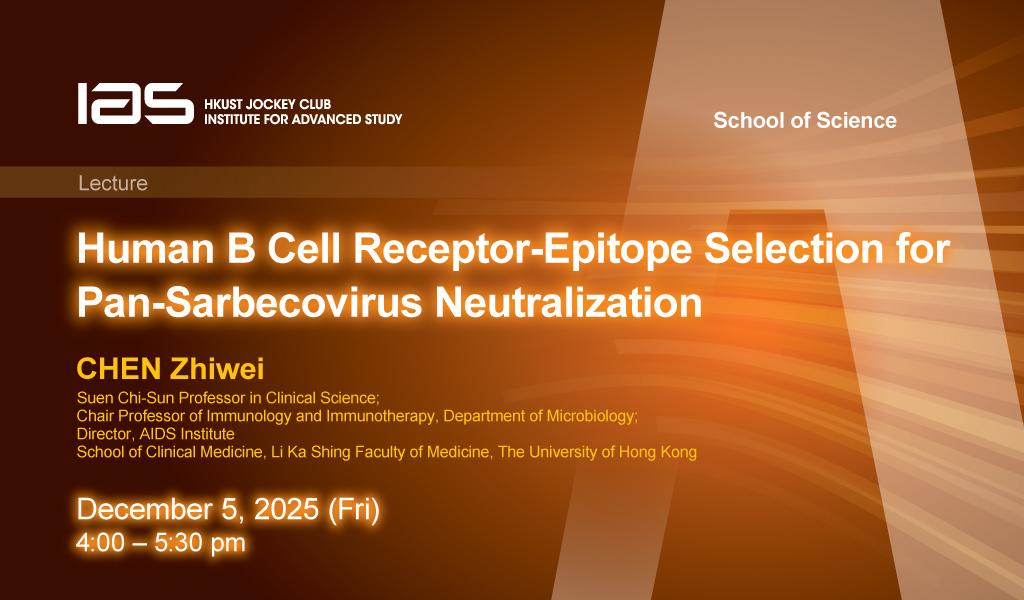Along with the ongoing challenges and successes in culturing microbes in the environment, recent advancements in sequencing technology have enabled us to analyze their genomes without the need for cultivation. Specifically, the emerging long-read sequencing technologies has allowed a higher phylogenetic resolution in the reconstruction of genomes. Using these recent techniques, my research focuses on the ecology and genome evolution of environmental microbes, using samples collected from various deep freshwater lakes. In this seminar, I will introduce my studies, starting with my Ph.D. project that uncovered previously unknown microbial and viral diversity in deep freshwater lakes. Next, I will discuss my postdoctoral research, which utilized long-read amplicon and metagenomic sequencing to shed light on the microdiversity and evolutionary history of lake bacterial genomes. Lastly, I will introduce my current project, which aims to establish a platform for comprehensively studying microbial eco-genomics by collecting samples from multiple deep freshwater lakes and employing a combination of metagenomic, single-cell, and cultivation-based approaches.

Bioinformatics center, Institute for Chemical research, Kyoto University
Julian Mak (jclmak@ust.hk), or Masayuki Ushio (ushio@ust.hk)


